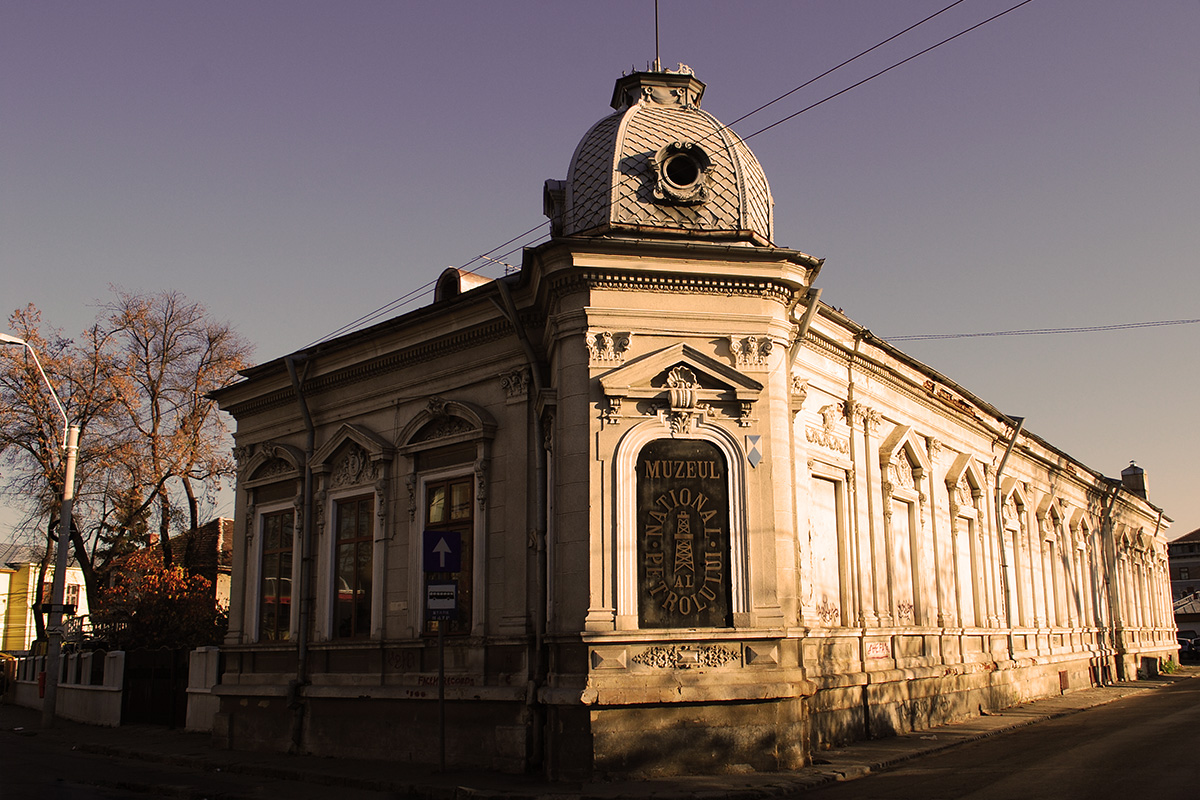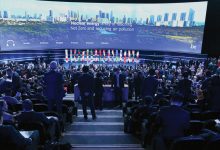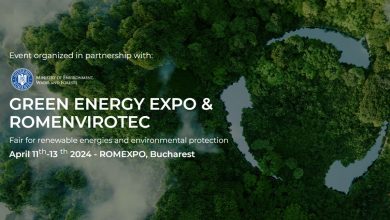60 years since the establishment of the National Petroleum Museum
Unique in Romania, the National Petroleum Museum in Ploiesti celebrates in 2017 the 60th anniversary. Its establishment in Ploiesti signifies the recognition of the city’s status in the oil industry in our country and also the role played by Prahova County as a symbol of the oil industry, both domestically and internationally.
On this occasion, on September 14 a ceremony was held at the Palace of Culture in Ploiesti, which included the screening of the film “History of the Petroleum Industry in Romania”, the launching of the album “Petrolul Romanesc” (Romanian Oil), the opening of the exhibition “160th anniversary of the Romanian Petroleum Industry”, the awarding of homage diplomas and the unveiling of a plaque dedicated to celebrating 50 years of higher education in the field.
The event, which took place within the programme “Prahova – World Petroleum Capital” brought together representatives of the Prahova County Council, of the Romanian Academy and of the Organizing Committee of the “Prahova 2017 – World Petroleum Capital” project.
The idea of setting up a Petroleum Museum in Ploiesti appeared in 1957, on the occasion of celebrating the centenary of the oil industry, in a period of creative effervescence, when most of the museums in Ploiesti were established. Dr. Nicolae Debie, Prof. Nicolae Simache and Prof. Alexandru Badulescu formed an initiative group that drafted a protocol, at the IPIP (Design Institute for Petroleum Installations) headquarters in Diligentei St., requesting the leadership of the region to set up a museum dedicated to the ‘black gold’. The demarche was successful and, by the Decision of the Council of Ministers no. 134/September 16, 1959, the establishment of the Republican Petroleum Museum, as a budgetary unit legal entity, was approved within the Ministry of Industry, Petroleum and Chemistry – Crude Oil Department. Initially it was assigned a location in the building of the former Refinery 1 (formerly ‘Astra’ refinery) night preventorium. Hard work of collecting documents, photographs and three-dimensional pieces began. Based on proposals from the initiative group of the Campina Research Institute for Drilling-Extraction and of the Ploiesti Drilling-Extraction Trust and the Bucharest Geological Exploration Trust, the Petroleum and Chemistry Industry Documentation Centre developed a thematic ante-project for the Petroleum Museum.
Being directly involved in the Ministry of Petroleum and Chemistry, the entire Romanian oil world was mobilized to achieve this goal. Soon, equipment, installations, tools, scales from the scaffoldings in Campina, Zemes, Urlati, Baicoi, from refineries, from DERO and from Moreni Mechanical Plant began to arrive. After a year of preparation, on April 21, 1960, the museum, still undergoing organization, was moved to another location also belonging to Refinery 1. A third move, and the last one, was made on April 25, 1961, in the current building on 8, Dr. Dumitru Bagdasar St. The inauguration took place on October 8, 1961, when the museum’s halls were arranged, the courtyard being transformed into an open-air exhibition. The total area of the building and of the land was at the time of 2,150 square meters.
Since the early days of the launch, the museum was conceived as a republican institution to illustrate the history of exploitation and the results of oil recovery, in a suggestive museum-technical manner, in which the documentary, the three-dimensional pieces and the graphic techniques merge successfully.
In 1961, the museum’s collection consisted of 700 pieces of patrimony, currently it counts about 1,100 pieces. The equipment collection contains a series of pieces that are currently included in Romania’s National Thesaurus, because the consulted national and international specialists assessed that they have a great historical and documentary value.
Among the most important pieces of the museum’s patrimony are: a “hecna” (a type of horse-driven auger conveyor); mining lamps and tools of the 19th century; wooden and metallic drilling equipment from the 19th century; panels exemplifying the selective dissolving system using sulphur dioxide, invented by Lazar Edeleanu and used worldwide; the history of manufacturing paraffin, oil, benzene, geological maps, mineralogical samples, diplomas, medals, photographs belonging to notable individuals in the field such as: Gregoriu Stefanescu, Grigore Cobalcescu, Ludovic Mrazec, Valeriu Patriciu, Ion Tanasescu, Virgiliu Tacit, Ion Basgan, Andrei Dragulanescu, Lazar Edeleanu, Nicolae Debie.
The objects exhibited include the miniature reproduction of the world’s first refinery (“the gas factory”), constructed by the Mehedinteanu brothers in 1857, a model of the first mechanical derrick used in Romania, gas lamps used in Bucharest – the first city to have public gas lighting in 1859.
The museum also exhibits documents regarding the history of petroleum in our country and aspects relating to the geology of deposits and petrochemistry. Diverse specialty documents, petroleum legislation, courses, catalogues, lexicons and specialty publications are reunited in the document collection.
The decorative art collection is comprised of porcelain statuettes, porcelain lamps, tiles, ceramics depicting scenes related to the use of petrol in antiquity, whereas the visual arts collection presents graphics, busts cast in bronze and plaster representing notable individuals in the petroleum industry.
In recognition of the patrimonial values, the institution received the status of National Petroleum Museum in 1994, a unit under the structure of the Autonomous Petroleum Administration PETROM R.A. Bucharest. By Emergency Ordinance no. 49/September 15, 1997 the Administration was turned into PETROM R.A. National Petroleum Company and, by Decision no. 513/June 24, 1997 of PETROM R.A., the museum has become part of the PETROM Ploiesti branch, ceasing its activity as branch of PETROM Bucharest.
Over time, the museum has organized special events – symposiums, temporary exhibitions, open lessons, petroleum-themed contests for pupils and students, meetings with former oilmen, documentary visits to the country’s most important oil sites. An important place also had the thematic actions made during the Night of the Museums events, which enjoyed the participation of specialists and of the general public.
In 2007, OMV PETROM awarded the museum a jubilee medal, whereas the “International Conference 150 Years of Oil in Romania – Tradition of Evolution” awarded it the Oilman’s Trophy for “preserving the history of oil alive.”
The museum has been affiliated to the European Network of oil museums, alongside similar institutions in Germany, Norway, Hungary, Sweden, Poland and Austria.
On January 17, 2017 the Petroleum Museum was taken over from OMV PETROM by the Prahova County Council and has been turned into a section of the Prahova County Museum of Natural Sciences, under the direction of Professor Dr. Emilia Iancu. Thus, the Petroleum Museum’s path continues in this new leadership, following a history as sinuous as the industry it illustrates, keeping its unquestionable importance and unique character over time.
Source: Petroleum Museum 1957-2017, researcher Dr. Magdalena Banu







